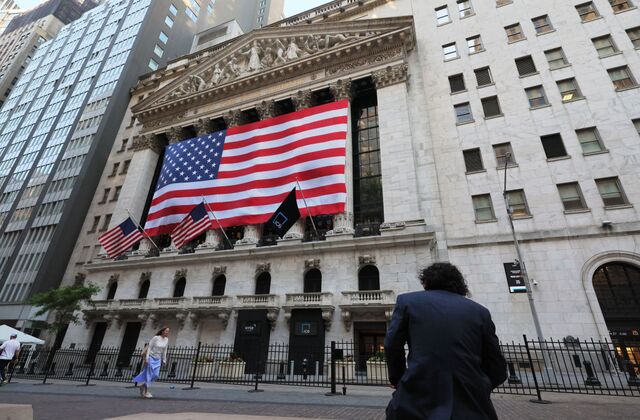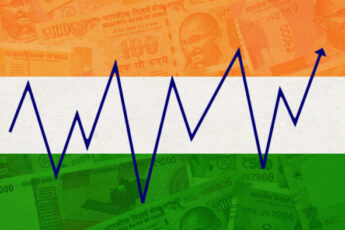The recent flurry of economic news has been nothing short of tumultuous, leaving both experts and laypeople alike scratching their heads in confusion. In just the span of two weeks, we’ve seen a dizzying array of contradictory signals: falling unemployment rates, rising inflation, and a rollercoaster ride in the stock market. To make sense of this chaotic economic landscape, it’s crucial to delve into the underlying factors driving these phenomena. Here are three key facts that shed light on this perplexing situation:
Unemployment Rate: A Deceiving Indicator
The apparent good news of a falling unemployment rate can be deceiving upon closer examination. While a declining unemployment rate typically signals a healthy job market and economic growth, the current situation is more nuanced. The decrease in unemployment can partly be attributed to a shrinking labor force, as some workers have become discouraged and stopped actively seeking employment. Additionally, the rise of part-time and gig economy jobs, which often offer lower wages and fewer benefits, may contribute to the misleading decline in unemployment figures. Thus, while the headline number may seem positive, it’s essential to consider the quality and sustainability of the jobs being created.
Inflationary Pressures: Supply Chain Disruptions and Pent-Up Demand
The recent uptick in inflation has been a cause for concern among policymakers and consumers alike. Supply chain disruptions, exacerbated by factors such as port closures, labor shortages, and transportation bottlenecks, have led to shortages of essential goods and materials. At the same time, pent-up consumer demand, fueled by stimulus payments and easing pandemic restrictions, has resulted in increased spending. This surge in demand, coupled with constrained supply, has contributed to upward pressure on prices across various sectors, from housing and groceries to automobiles and electronics. While some level of inflation is natural in a growing economy, the challenge lies in ensuring that it remains manageable and does not spiral out of control.
Market Volatility: Uncertainty and Speculation
The erratic behavior of the stock market reflects the prevailing uncertainty and speculation surrounding the economy’s trajectory. Investors are grappling with conflicting signals and adjusting their expectations accordingly. Concerns about inflation, interest rates, geopolitical tensions, and the sustainability of economic recovery efforts have all contributed to heightened volatility in financial markets. Additionally, algorithmic trading and the proliferation of online trading platforms have exacerbated market swings, amplifying the impact of speculative behavior and herd mentality. Amidst this backdrop of uncertainty, prudent risk management and a long-term perspective are paramount for investors navigating these turbulent waters.
In conclusion, the current economic moment is characterized by a complex interplay of factors, ranging from labor market dynamics and inflationary pressures to market volatility and uncertainty. Understanding these underlying dynamics is essential for making sense of the seemingly contradictory signals emanating from economic indicators. While the road ahead may be fraught with challenges, a comprehensive understanding of these key facts can help policymakers, businesses, and individuals alike navigate this uncertain terrain with greater clarity and resilience.







Leave a Comment